Shooting the Uberti 1873 Winchester to 300 meters
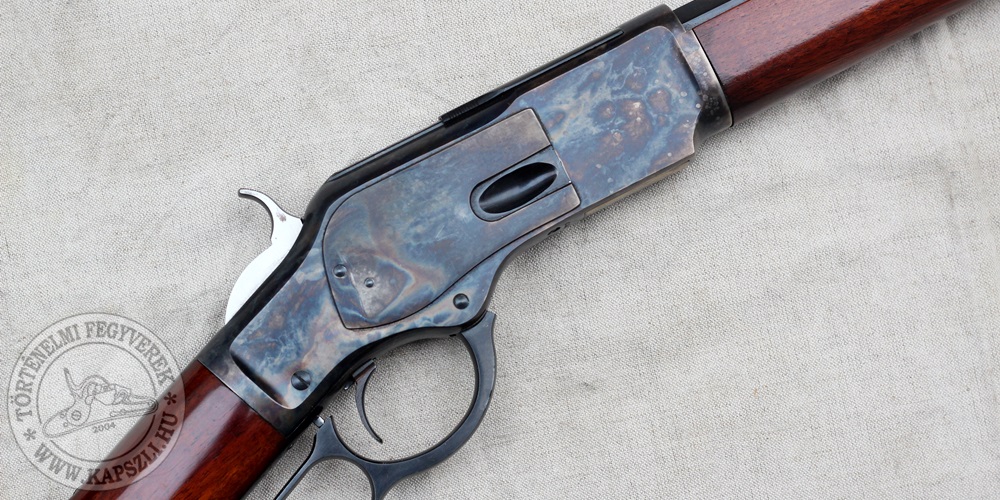
It is not an easy task for sure. Nor the 1873 Winchester with iron sights, nor the 44-40 ammunition was designed to fight or hunt with them at these distances. But the challange is accepted!
There is a strong bond between us: me, and my Uberti 1873 Winchester rifle. We’ve been through a sort of things, such as winning the gold medal of Hungarian Championship’s lever action competition, silver medal at the European Cowboy Action Championship – all these with handloaded black powder cartridges. I tend to bring just this rifle to the range… It is a tremendous feeling, walking along with my one-and-only 1873 Winchester, 50 cartriges in the belt.
I’ve made several experiements with the 44-40 cartridge. I found out, that he projectile is the key to the accuracy. The Uberti barrel favours the longer, heavier bullets, and it’s wise to use a mold with deep grooves for bullet lube. My load is 30 grains of Swiss 3Fg. Despite the a quality black powder, there will be residues in the barrel after each shot. My aim was not to wipe the barrel after each shot, but maintining the accuracy as much as possible.
I usualy set the ammunition’s overall length to make the bullet almost touch the forcing cone. However, one can’t load ammo following this advice for the 1873 (or any lever-action) because the length of the carrier determines the maximum length of the ammo as well. Iy you exceed it’s length, the rifle will not feed.
In this case, I did not used a volumetric measure for my powder charges, but it was measured by a digital scale accurate up to 0,1 grain, so was the bullets. The bullet lube was made of beeswax, tallow and 0W40 synthetic oil. The bullets was casted of 1:14 lead-tin alloy, and calibered to .427″. I placed a 1 mm thick cardboard disk, in order to prevent the projectile’s base from gases. I used a Lee Factory Crimp Die to add a shallow crimp – I expect it to give equal pressure and force to the load.
Of course, you can make the your handloads even with the greatest precision, the 44-40 will not be an eligible long-range cartridge. The tajectory of the bullet is very much curved, and the starting velocity is around 410-420 m/s – not a beast, so to speak… Also, you have to use flat-nose bullets (because of the tubular magazine), so the ballistic coefficient will be far from the modern bullets’s.
The sight of the original Uberti 1873 Winchester Sporting Rifle is a buckhorn hunting sight. But on my rifle, I replaced it with a 1860 Henry sight, and I have several reasons for it. First, the sight picture of the buckhorn is not appealing for my eyes – some likes it, but I don’t. Second, the Henry sight is much more versatile, providing sight-setting up to greater distances. And this time, this is what I was looking for.
Shooting
I started the shooting with the setting I use to 150 meters. However, I soon realised that I am unable to hit the target. I rearranged the sights and tried each set with 3 shots. I was not very successful, but my sight was already set to 5-600 yards. (Let me mention that the target area was a 1,8 x 1,2 meter board). There was a sandy slope behind the target, where I saw some hit in. This helped me to find the best sight setting: 300 yard, aiming the lowest of the target. Suddenly, after 50 wasted rounds, the hits were on the target and it was not as bad as I tought. The rifle remained accurate, even whitout wiping the barrel after each shot. The last 5 shot hit the target in a 25-30 x 5 cm area – regarding the pistol cartridge and the iron sights, it was a success. My feelings towards my rifle are deeper than ever.
Is this group size acceptable at this range? With modern weapons, it would be far from a sniper’s job. But I have to admit, that the iron sight of the rifle, the flat-nose bullet and the curved trajectory has it’s own limits, speaking of accuracy. And I have to say, that this would be acceptable for some modern scoped hunting rifles.
Balázs Németh

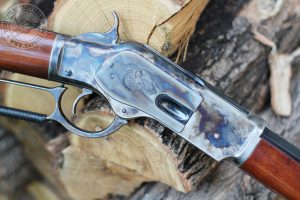
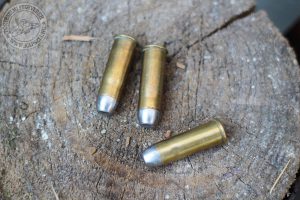


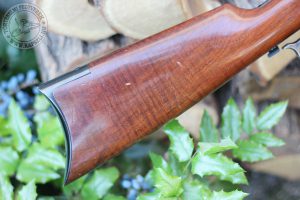


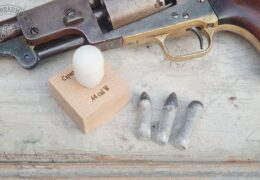
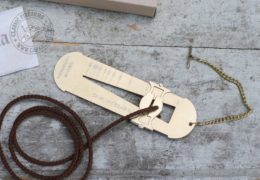

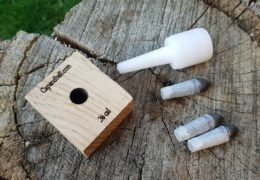
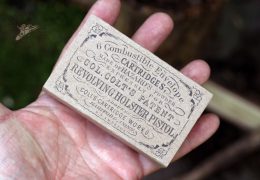


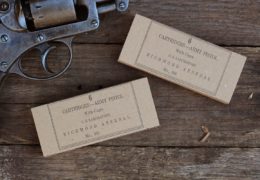
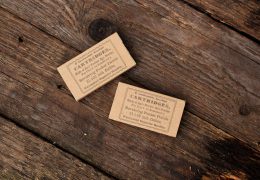






Greetings!
Follow up to my last post:
Tried tallow/beeswax/motor oil lube in a known bullet with much larger lube capacity than the last effort.
Waited for a near perfect day (wind conditions) for the effort.
Unfortunately did not have a happy result. 200 meter targets produced soccer ball sized groups.
This with a known 1-1/2 minute load in a proven rifle.
Backed this up with a blow-tubed group that shrank back to it’s usual 1-1/2 minute group size.
I could use this load for hunting purposes but will stick to patching or blow tubing for match use.
Keep up the good work, always enjoy when you have a new project to tell us about.
Best
Don Faulkenberry
Bethany OK USA
Dear Don, Thanks for the results! I wonder what caused the difference here…
Keep up the good work! Cheers, Balázs
Follow up to my last post:
Tried your lube with a what may be a big difference: had to substitute Lard (pig fat rendered) in place of tallow.
The tallow is on the way from Ohio, not being available locally.
I should state the equipment and load:
Original 1885 Winchester action barreled with Green Mountain steel chambered in 38-55 Winchester caliber, 1 in 14 twist which from experience will stabilize a 370 grain creedmore style bullet to 500 meters with excellent accuracy.
Starline brass, trimmed to length, twice fired with this load and no sizing of brass.
45 grains 1-1/2 Swiss powder compressed 1/10th inch, .030 vegetable wad, Federal #150 large pistol primer paper patched, Lyman #375167 mold which produces a 267 grain creedmore style bullet when using 1 in 20 tin to lead alloy.
Unfortunately this load with no blow tube or patching between shots produced vertical stringing.
8″ at 200 meters which would not be competative in my sport.
A follow up target, wiping between shots produced the customary 1-1/2 minute groups with this combination rifle and load.
Will follow up with the tallow and a different bullet with much larger grease grooves and will let you know the results.
Best
Don Faulkenberry
Bethany OK USA
I am astounded at the accuracy of this combination of rifle, cartridge, powder, sights, and distance.
I reside in the USA and am a master class shooter in Black Powder Cartridge Rifle silhouette competition.
I was taught (back when the earth was still cooling) that wiping the bore or using a blow-tube between shots was vital and that no bullet lube would provide enough accuracy.
This discipline uses steel targets placed at: 200 meters-Chicken silhouette.
300 meters- Pig silhouette.
385 meters- Turkey silhouette.
500 meters- Ram (goat) silhouette.
I have your recipe and ingredients and will soon try them along with a curious friend.
Best Regards,
Don Faulkenberry